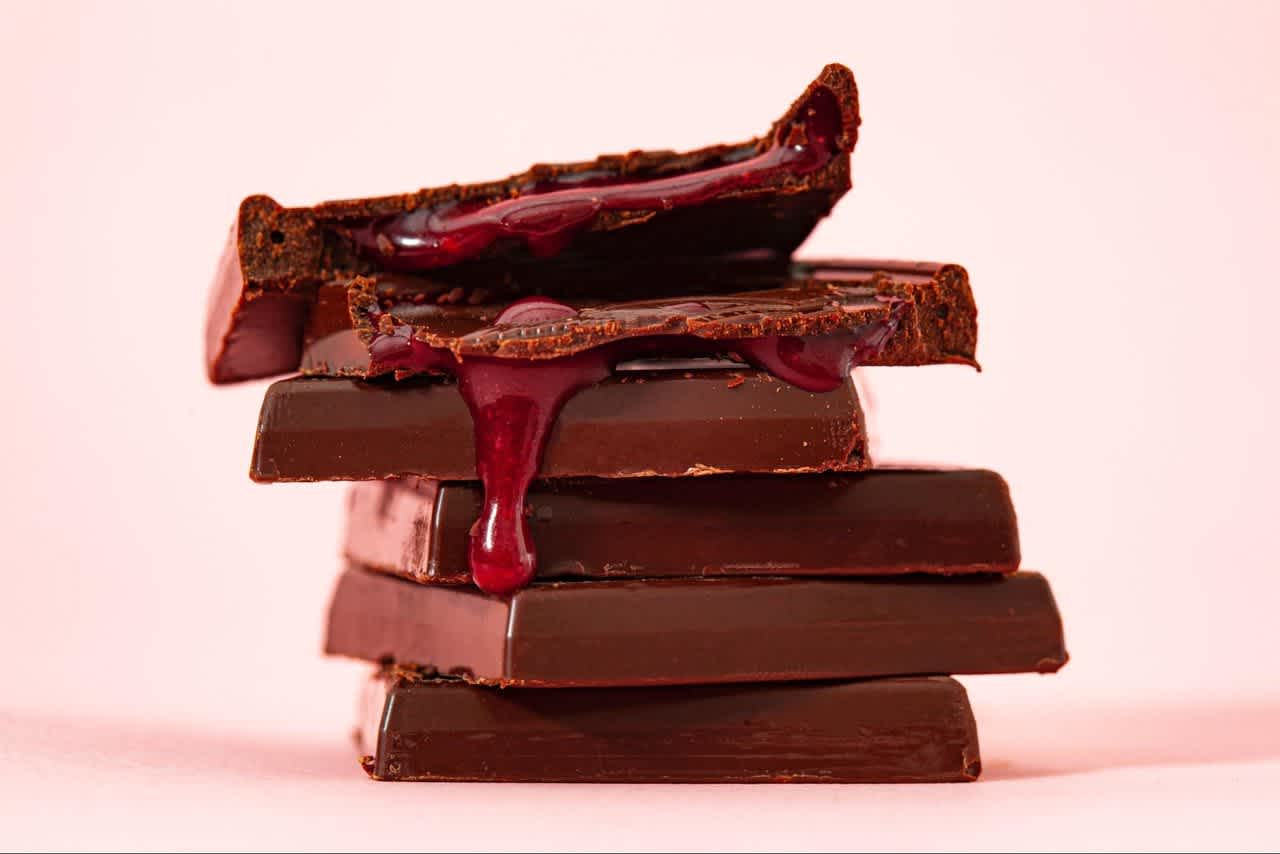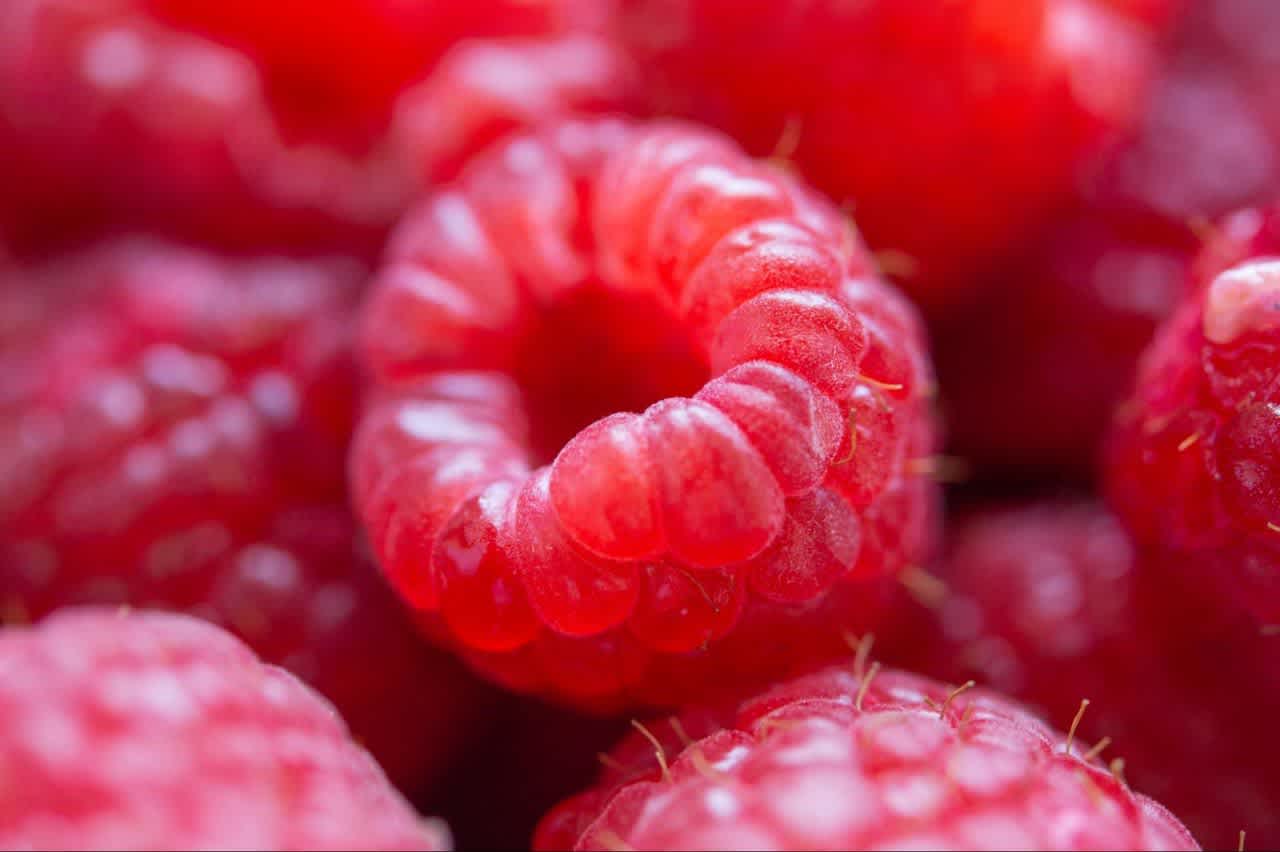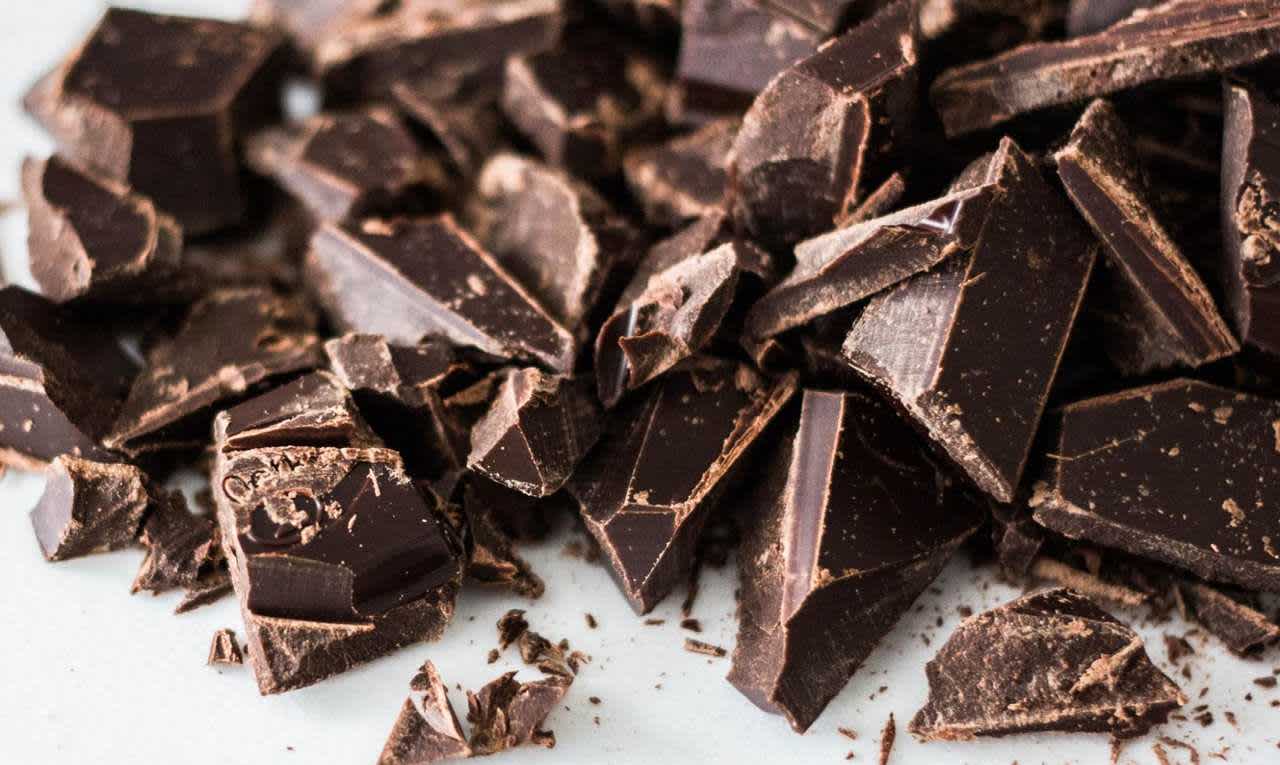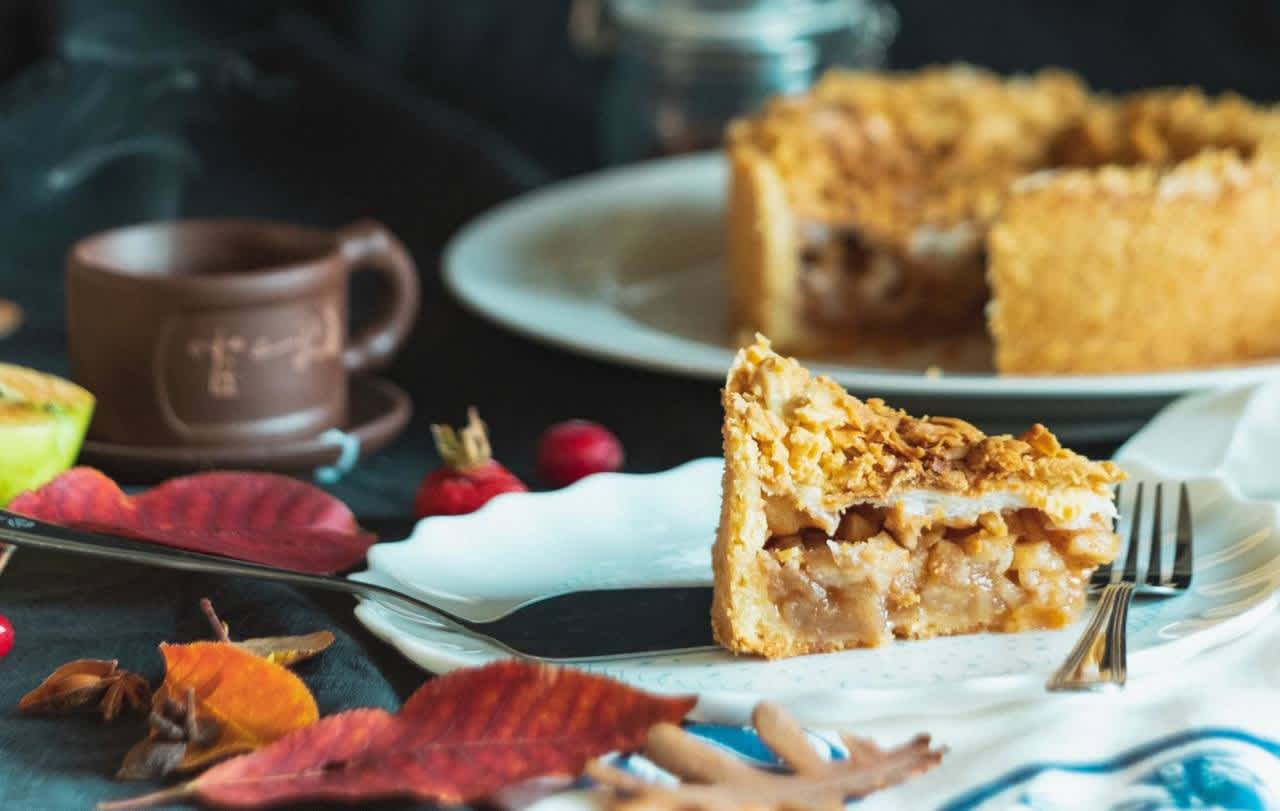Dessert and Wine Pairings
Balance the sweet flavors of luscious desserts with the right wine that will set your sweet tooth soaring.
A simple glass of wine can be a gustatory delight all on its own. The textures and flavors in a good bottle of wine will add a bit of elegance to an evening or afternoon aperitif. Wine alone is great, but it can transcend "great" and become truly fantastic when paired with the right foods. The interplay between food and wine creates textural nuance on your palate.
Great wine pairings are an art form, and no one is born knowing exactly what goes with what. The best way to learn is by trial and error. But some pairings are more complex than others, especially if you don't know the basic pairing rules. So today, we will tackle balancing the sweet flavors of luscious desserts with the right wine that will set your sweet tooth soaring. Once you try these decadent dessert pairings, you'll want to share them with all of your friends.

Take Our Wine Quiz
Take our short wine quiz and discover award-winning wines that you'll love.
Get StartedIN THIS ARTICLE:
The Subjectivity of Wine Pairings
First things first, taste is subjective! In a restaurant setting, a sommelier takes charge of pairing the food and wine "correctly." They are experts working with known quantities. They know what the food will taste like, and they know that a given wine's flavor profile will be a perfect fit.
Things can be a little more difficult at home, but ultimately, you are eating and drinking because the process is fun! These rules and guidelines are meant to help you find natural pairings, not to prohibit you from experimenting with flavor and texture.
As with every category and subject in the wine world, there's always a caveat or "but what about this" for every rule. And that's okay. Pairing food and wine is a fun challenge to take on, and if your palate prefers something different, enjoy it! Don't let anyone tell you that you shouldn't mix Napa Valley Cabernet Sauvignon with green apple pie, but don't expect everyone else to love it as much as you. Ultimately tasting is subjective.
But we believe that experimenting with new flavors and pairings is one of the things that makes the world of wine such a delight. So now, learn more about the scientific rules behind every perfect pairing.
Dessert and Wine Pairing Basics
What makes a delicious pairing work? There are two major schools of thought about how to approach pairings:
Complement the food & Contrast the food
Knowing when to compare or contrast is a skill that comes with lots of experience.
Take sweet and spicy flavors as an example of contrast. A decadent, dark chocolate dessert sprinkled with chili flakes can create a more complex marriage of flavor (for those that can handle a little heat) than adding more cocoa. The same idea is true for wine pairings. A spicy dish can be tempered by a sweet wine. The flavors contrast and add complexity.
For complementary flavors think about a rich cream sauce with a buttery Chardonnay. The two flavors harmonize through the inclusion of lactic acid. As a result, they balance and create even more depth of flavor for a dish.
Once again, even the most steadfast pairing "rules" are generalizations.
To master pairing is to understand what the elements the food and wine have in common.
We believe that as you learn, you should focus on the style of wine. With savory foods, a Pinot Grigio will pair well with lighter dishes than Pinot Gris (despite being made from the same grape). This is due to the style of wine, where Pinot Grigio is lighter, and Pinot Gris is richer.
But desserts have their own set of rules that will act as a shortcut to perfect dessert pairings. These are only two of the major rules (see our guide to pairing for savory pairing guidelines and suggestions).
Acidity in Food & Wine
Acidity affects our perceptions of sweetness and sourness. It makes wine taste richer and more well-integrated and decreases sour flavors. It can make wine taste sweeter.
How Does Sweet Wine Affect Food? Sweetness in Food & Wine
Wine sweetness is almost the opposite of wine acidity. Sweetness in food dishes makes wine taste more bitter, sour, and astringent — especially dry wine. When wanting to pair with desserts, this is a problem and the reason why dessert pairings are more difficult than most. When in doubt, choose a sweeter wine than the dessert you are making. There are many different types of dessert wines to choose from that will be the easiest pairing for a host of desserts. Note that sweetness is part of other courses as well (think about sweet summer tomatoes that you crush for a sauce or roast and sprinkle over a light lemony pasta).
Our Favorite Dessert and Wine Pairings
As we've said, the general pairing rule for sweet desserts is to choose a sweeter wine than the dessert. This means that you get to explore the too often overlooked category of delicious dessert wine.
Dessert wines are a broad category that includes everything from noble rot affected Sauternes to fortified wine, late harvest wine, and even rare ice wine. These wines have varying amounts of residual sugar that will play off your favorite rich dessert and awaken your taste buds.
Dry wine lovers shouldn't be worried. We are going to include a few of our favorite dry wine parings alongside the sweet dessert wines.
What Wine Goes With Chocolate?
Chocolate can be a surprisingly difficult pairing partner, but it gets a little easier when you break it down by type of chocolate.
Dark Chocolate
The bitterness of dark chocolate should be offset by a sweeter fortified wine. We love it with a vintage port or a cognac.
Milk Chocolate
For milk chocolate flavors (or a chocolate cake), we like Amontillado sherry or a Tawny Port. They both feature a range of notes that beautifully balance with the richness of chocolate in a cake or milk chocolate bar. For a beautifully airy dessert like chocolate mousse, we love a rosé Champagne. The lightly fruity flavors and bubbles accentuate the lightness of the dessert.
White Chocolate
White chocolate has a very unique and sweet flavor profile. To stand up to its immense sweetness, we like it with a sweet Riesling Beerenauslese, but some white chocolate dishes are perfect with a Sauvignon Blanc.
Other Dessert and Wine Pairings
Berries
A berry dessert or any dessert featuring a jam will pair beautifully with the dark fruit flavors of well-made rosé Champagne. Like with chocolate, the high acidity and dark fruits in the bottle of wine will be great complements to the berry dessert. (Hint: Try rosé Champagne with raspberry jam!)
Citrus
Citrus desserts feature high acidity, which will make a wine taste sweeter. This is an easy choice for a drier wine. We suggest lemon tart with Muscat Blanc, which is known for its highly aromatic floral notes, like orange blossom.
Cheeses
While many don’t think about cheese as a good dessert (past the buttery notes of cream cheese in a cheesecake), cheese boards are a classic European dessert course. There is no pairing more classic than blue cheese and Sauternes. The honeyed flavors and high level of sweetness in Sauternes will play off of the savory and funky blue. A match made in heaven.
When Pairing a Sweet Wine and a Sweet Food
Pie
If you want an all-American dessert, you'll be making apple pie. Unfortunately for you patriots, your best bet will be a tawny port, which brings warm sweet spice and caramel notes to the party. (We think this will work for other apple-based desserts as well)
For the nuttier Pecan Pie, try an Oloroso Sherry, which will complement the pecans with its own oxidative nuttiness.
Ice Cream
When you crave sweeter desserts, nothing satisfies like ice cream. For a proper pairing, look to the rich flavor of cream sherry or the even sweet PX (Pedro Ximenez) sherry that will bring a bit of balance to creamy desserts.
Caramel
Caramel desserts are some of our favorites, and almost all of them work well with Champagne. The saltiness of the caramel rejoices in the bubbles of sparkling wines.
Cakes
Light, airy cakes are a time for white wine lovers to rejoice. Cakes can be paired with many white wines depending on the sweetness level. For example, try a dry (but highly acidic) white wine for olive oil cake. On the opposite end, a heavily sugared cake with vanilla frosting should be paired with a noble-rot affected Sauternes.
Vanilla
Vanilla flavors can go into almost any of the previous categories, but if it is the dominant note, try it with the sweet Sauternes or a late harvest Riesling.
IN THIS ARTICLE
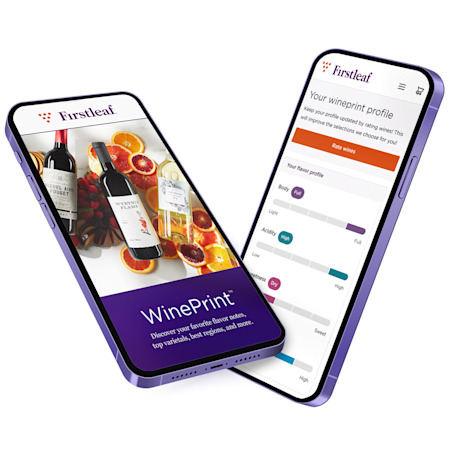
WinePrint™ by Firstleaf
Are you looking to learn more about your wine preferences? Check out our Wine Print for an in-depth look at your personal tasting profile. Discover your favorite wines, varietals, regions, and tasting notes and get personalized recommendations wherever you are.
Learn More